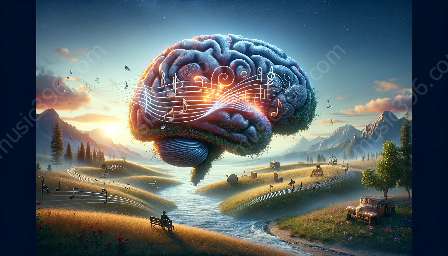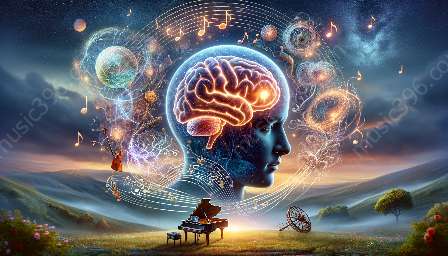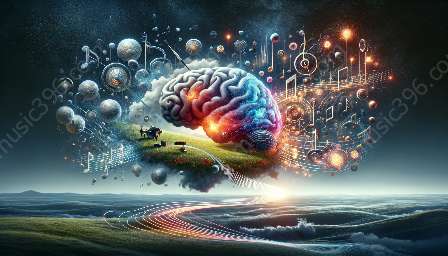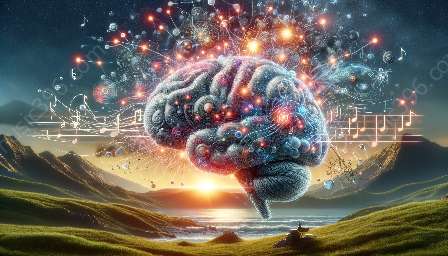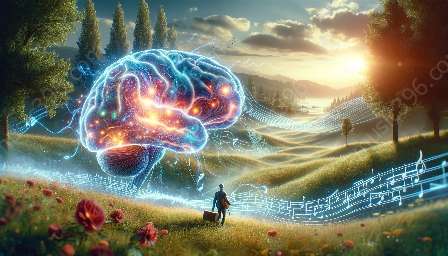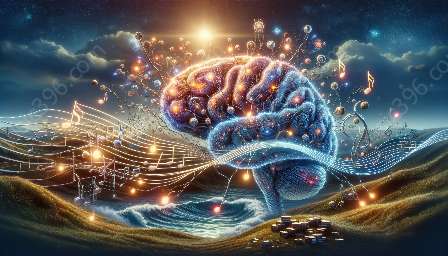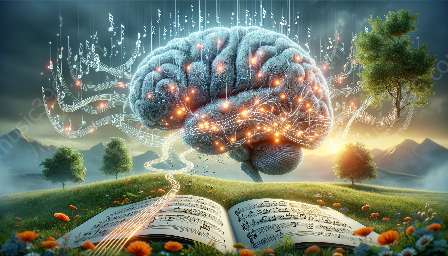Music has always been a universal language that transcends cultures and impacts our emotions and perception. In recent years, its potential in improving auditory processing abilities has garnered significant attention, particularly in the context of individuals with auditory processing disorders. This article aims to delve into the innovative concept of music-based biofeedback and its role in enhancing auditory processing while exploring its connection to music and the brain.
Understanding Auditory Processing Disorders
Auditory processing disorders (APDs) are neurological conditions that impact an individual’s ability to process and make sense of auditory information. This can manifest as difficulty in distinguishing between similar sounds, understanding speech in noisy environments, or following complex directions. It can significantly affect an individual's academic, social, and occupational functioning.
The causes of APDs are diverse and may include genetic factors, developmental delays, or acquired brain injuries. While traditional therapeutic interventions such as speech-language therapy and auditory training have been the cornerstone of treatment, the emergence of music-based biofeedback presents an exciting avenue for addressing these challenges.
The Role of Music-Based Biofeedback
Music-based biofeedback involves the use of musical elements, such as rhythm, melody, and tempo, to provide real-time feedback on physiological responses, cognitive processes, and behavioral patterns. By integrating music with biofeedback technology, individuals can receive immediate information about their physiological states and learn to modulate their responses.
When applied to individuals with APDs, music-based biofeedback offers a structured and engaging platform for improving auditory processing abilities. By leveraging music's inherent rhythmic and melodic patterns, biofeedback can help individuals with APDs regulate their attention, focus, and auditory discrimination skills through tailored exercises and activities.
Impact of Music on the Brain
The relationship between music and the brain has been a topic of extensive research, unveiling compelling findings on how music affects various cognitive functions, including auditory processing. Functional magnetic resonance imaging (fMRI) studies have demonstrated that music engages multiple regions of the brain, including those responsible for auditory processing, attention, memory, and emotion.
Moreover, music has been shown to stimulate neuroplasticity— the brain’s ability to reorganize and form new neural connections. This neuroplasticity is particularly relevant in the context of individuals with APDs, as it suggests that targeted music-based interventions can potentially reshape and enhance auditory processing networks in the brain.
Practical Applications and Interventions
Integrating music-based biofeedback into interventions for individuals with APDs involves thoughtful and individualized approaches. By combining traditional auditory training techniques with music-based biofeedback, therapists and educators can create comprehensive programs that cater to the specific needs and challenges of each individual.
Possible interventions may include rhythm-based activities to improve temporal processing, melodic discrimination exercises to enhance pitch perception, and dynamic auditory feedback to develop sound localization skills. By meticulously tailoring these interventions to the unique profiles of individuals with APDs, music-based biofeedback can foster adaptive changes in auditory processing and enrich their overall listening experience.
Future Directions and Research
While the potential of music-based biofeedback in improving auditory processing abilities is promising, further research and clinical trials are necessary to establish its long-term efficacy and standardized protocols. Additionally, exploring the potential synergies between music-based biofeedback and other modalities, such as neurofeedback and cognitive training, could pave the way for comprehensive and personalized interventions for individuals with APDs.
Understanding the underlying mechanisms of how music impacts auditory processing and leveraging advances in technology for personalized biofeedback applications are crucial areas for future exploration. By fostering interdisciplinary collaborations between neuroscientists, music therapists, and audiologists, the potential of music-based biofeedback in transforming auditory processing interventions can be fully realized.
Conclusion
Music-based biofeedback stands at the intersection of music, neuroscience, and therapeutic intervention, offering a promising avenue for addressing auditory processing disorders. By harnessing the inherent qualities of music and integrating real-time biofeedback, individuals with APDs can potentially enhance their auditory processing abilities and improve their overall listening experiences. This novel approach holds the potential to revolutionize the landscape of auditory processing interventions and empower individuals to navigate the auditory world with confidence and proficiency.



